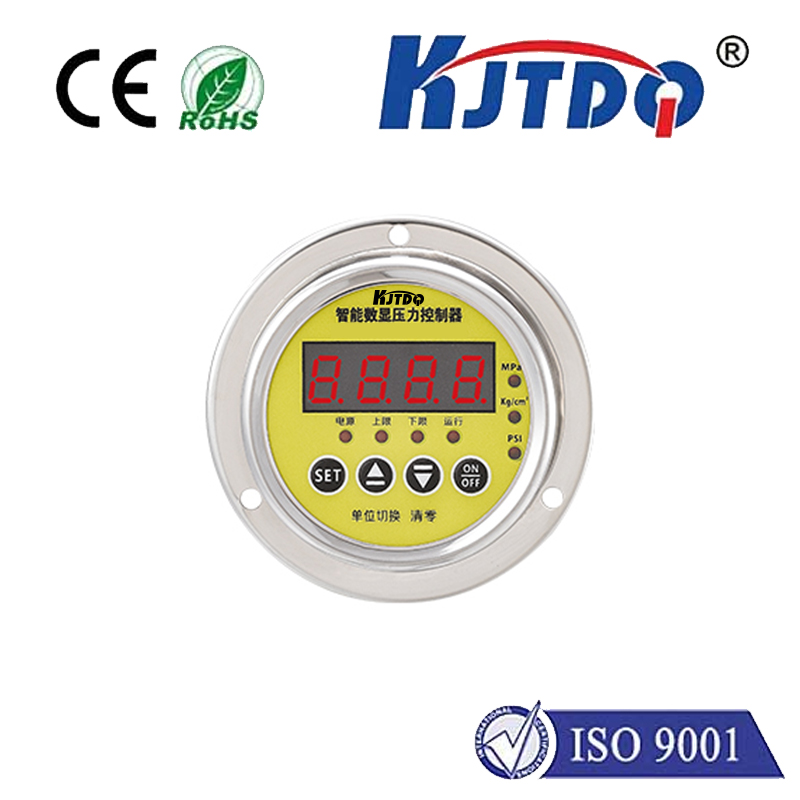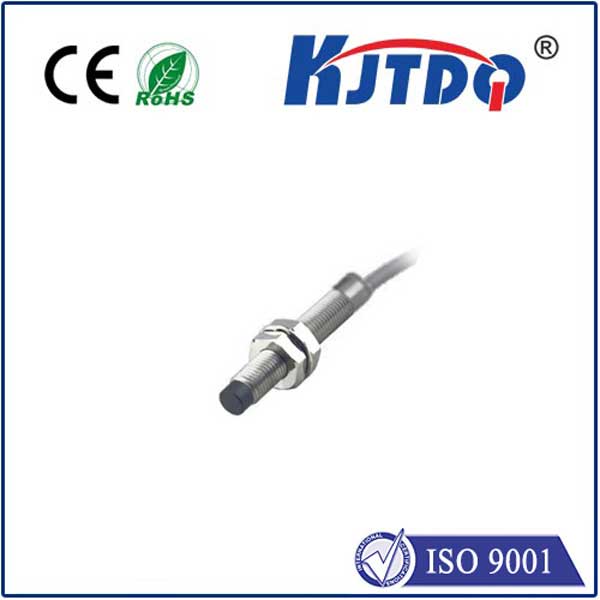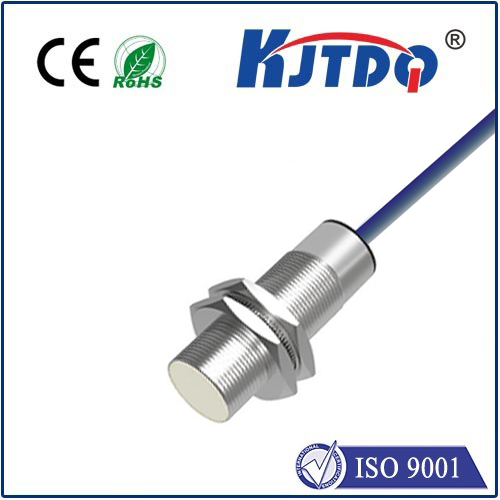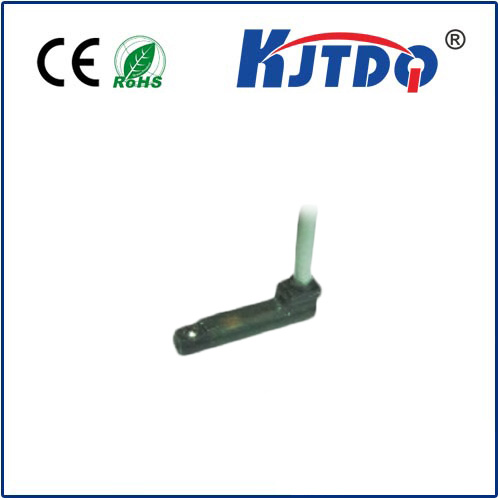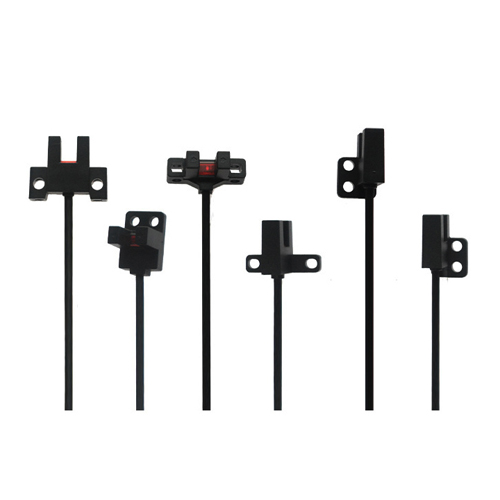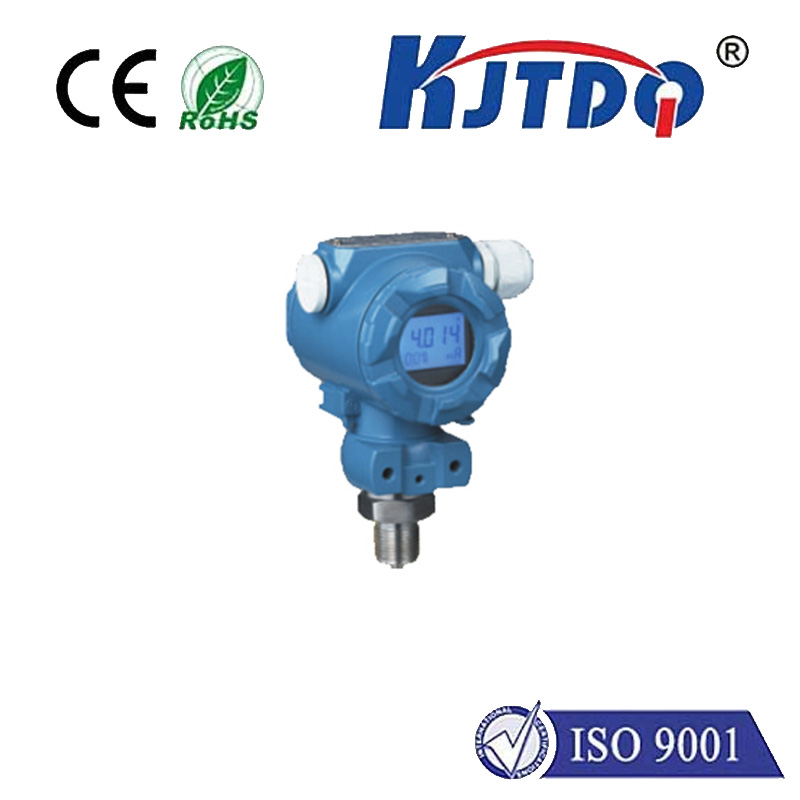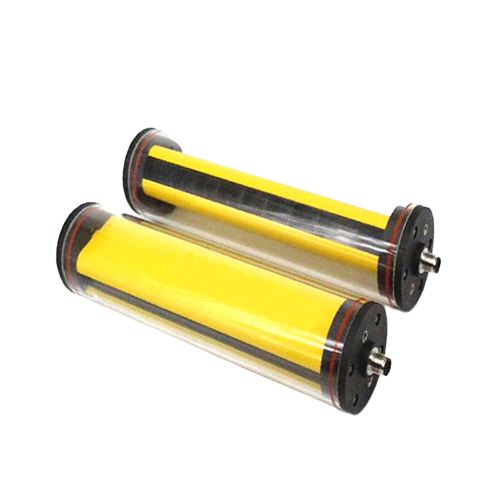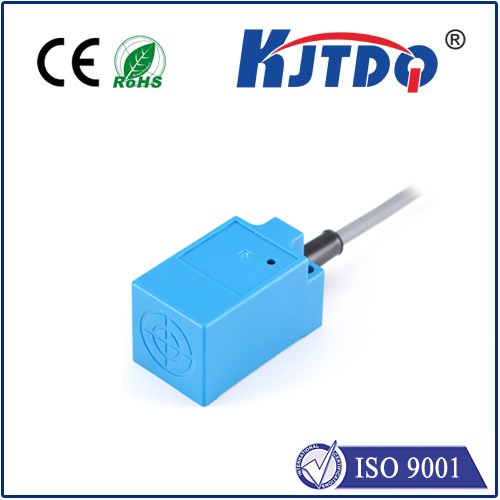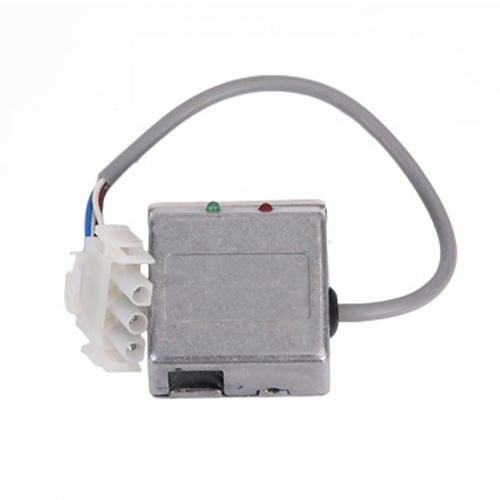vehicle proximity sensor
- time:2025-06-15 00:48:16
- Click:0
Vehicle Proximity Sensors: Your Car’s Essential Sixth Sense for Safety and Convenience
Remember that sickening scrape of metal on concrete? Or the panicked shout of a spotter as you edged too close to an unseen obstacle? Parking and maneuvering in tight spaces used to be a high-stress guessing game. Today, thanks largely to vehicle proximity sensors, that anxiety is fast becoming a relic. These unassuming devices act like an electronic sixth sense, constantly monitoring the environment around your vehicle and providing crucial warnings, fundamentally transforming driving safety and convenience. They are now an indispensable component of modern automotive safety and parking assistance systems.
What Exactly Are Vehicle Proximity Sensors?
Think of them as your car’s tactile feelers, extending its awareness far beyond what the driver can see. Vehicle proximity sensors, also commonly referred to as parking sensors or obstacle detection sensors, are electronic devices typically embedded within a vehicle’s bumpers (front and rear), and sometimes even along the sides. Their sole purpose is to detect objects – other vehicles, walls, posts, curbs, pedestrians, or cyclists – that are close to the car but potentially outside the driver’s immediate line of sight, especially in blind spots.
How Do These Electronic “Feelers” Work?
The most common technology powering these sensors is ultrasonic sensing. Here’s the process:

- Emitting the Signal: The sensor emits high-frequency sound waves (inaudible to humans) outward.
- Listening for Echoes: The sensor then listens intently for these sound waves to bounce back off any nearby object.
- Calculating Distance: By precisely measuring the time it takes for the sound wave to travel out, hit the object, and return (echo time), the sensor’s control unit calculates the distance to the obstacle. This calculation is based on the known speed of sound.
- Alerting the Driver: Based on the distance calculation, the system triggers an alert for the driver. This is usually an audible beep that increases in frequency as the vehicle gets closer to the obstacle. Many modern systems also integrate with visual displays, like the infotainment screen or instrument cluster, showing a graphical representation of the car and the proximity of detected objects.
While ultrasonic sensors dominate the parking assist realm, other technologies are increasingly joining the party, especially for higher-speed applications:
- Radar Sensors: Emit radio waves and analyze their reflections. Excellent for longer-range detection and less affected by weather conditions like rain or fog. Crucial for adaptive cruise control (ACC) and blind spot monitoring (BSM) systems, detecting vehicles in adjacent lanes or approaching from behind.
- Camera Systems: While not proximity sensors in the traditional sense, cameras (often combined with sophisticated image processing software) are vital for object recognition and classification (e.g., distinguishing a pedestrian from a street sign). They are essential components of surround-view camera systems and forward collision warning (FCW).
Why Are Proximity Sensors So Valuable? The Tangible Benefits
The integration of vehicle proximity sensors offers a compelling array of advantages:
- Enhanced Parking Safety and Ease: This is the most obvious benefit. Parallel parking in a tight spot or navigating a crowded garage becomes significantly less stressful. Sensors alert the driver to hazards like low walls, bollards, or other cars that mirrors might miss. They essentially make the vehicle’s invisible boundaries visible.
- Reduced Minor Collisions: Fender benders while parking or maneuvering at low speeds are incredibly common and costly. Proximity sensors act as a constant safeguard, dramatically reducing the likelihood of these costly and frustrating incidents. Insurance premiums can often reflect this reduced risk.
- Improved Safety for Pedestrians and Cyclists: Especially in urban environments or crowded parking lots, low-speed maneuvers pose risks to vulnerable road users. Sensors can detect a small child stepping behind a reversing SUV or a cyclist filtering through traffic beside the car, providing a critical warning before an accident occurs.
- Complementing Driver Awareness: No driver is perfect, and visibility has inherent limitations. Sensors provide an objective, real-time assessment of the vehicle’s surroundings, compensating for moments of distraction or particularly challenging visual conditions. They are a key pillar of Advanced Driver Assistance Systems (ADAS).
- Increased Confidence for All Drivers: Whether it’s a new driver learning spatial awareness or an experienced driver dealing with an unfamiliar, massive vehicle, proximity sensors build confidence. Knowing the car itself is actively helping to prevent collisions reduces anxiety behind the wheel.
Beyond the Bumpers: Integration and the Modern Vehicle
Modern vehicle proximity sensors are rarely standalone units. They are integral components of a sophisticated network of safety and assistance technologies:
- Surround-View Systems: Ultrasonic sensors provide the proximity data that complements the imagery from multiple cameras stitched together to create a virtual bird’s-eye view of the car.
- Automatic Emergency Braking (AEB): Radar and camera systems, often working in conjunction with proximity sensor data at lower speeds, can detect imminent collisions and automatically apply the brakes if the driver fails to react.
- Cross-Traffic Alert: When reversing out of a parking space, radar sensors monitor approaching cross-traffic from the sides, alerting the driver to vehicles they definitely cannot see.
- Blind Spot Monitoring: Radar sensors in the rear corners of the vehicle monitor adjacent lanes, alerting the driver (usually via an indicator light in the mirror) if a vehicle is detected in the blind spot.
- Parking Automation: Ultrasonic sensors are fundamental for semi-autonomous and autonomous parking features, providing the real-time distance measurements the system needs to steer the car into a space without driver input (beyond activation).
This interconnectedness, often referred to as sensor fusion, leverages the strengths of each technology (ultrasonic for close-range, radar for longer-range and adverse weather, cameras for object classification) to create a far more comprehensive and robust understanding of the vehicle’s environment than any single sensor could achieve. This synergy is the bedrock of modern automotive safety.
Challenges and Considerations
While immensely beneficial, vehicle proximity sensors aren’t infallible and have limitations:
- Environmental Factors: Heavy rain, snow, ice, or thick mud covering the sensors can impair their function. Ultrasonic sensors, in particular, might struggle with very soft or sound-absorbing materials.
- Object Specificity: Small, thin objects (like poles or protruding tow bars) or objects very close to the ground might occasionally be missed, especially by ultrasonic sensors mounted higher on the bumper.
- False Alarms: Sensors can sometimes be triggered by blowing debris, tall grass, steep inclines, or even loud noises that interfere with ultrasonic waves. Understanding the system’s “language” (beep patterns) is key.
- Driver Reliance: Crucially, sensors are assistance systems. They do not replace attentive driving. Drivers must never solely rely on the sensors; they should always use mirrors, look over their shoulders, and maintain situational awareness. Complacency is a risk.
The Road Ahead: Smarter Sensing
The evolution of vehicle proximity sensors is ongoing. We can expect:
- Increased Accuracy and Range: Sensors will become even more precise and capable of detecting smaller objects at greater distances and wider angles.
- Better Environmental Resilience: Advancements will make sensors less susceptible to weather interference and false positives.
- Tighter Sensor Fusion: Integration with cameras, radar, lidar, and other systems will become more seamless and sophisticated, creating a truly comprehensive 360-degree perception bubble.
- V2X Integration: Future systems may incorporate Vehicle-to-Everything (V2X) communication, allowing cars to “talk” to each other and to infrastructure, further enhancing proximity awareness beyond the range of onboard sensors.
Vehicle proximity sensors have silently revolutionized the driving experience, moving us












